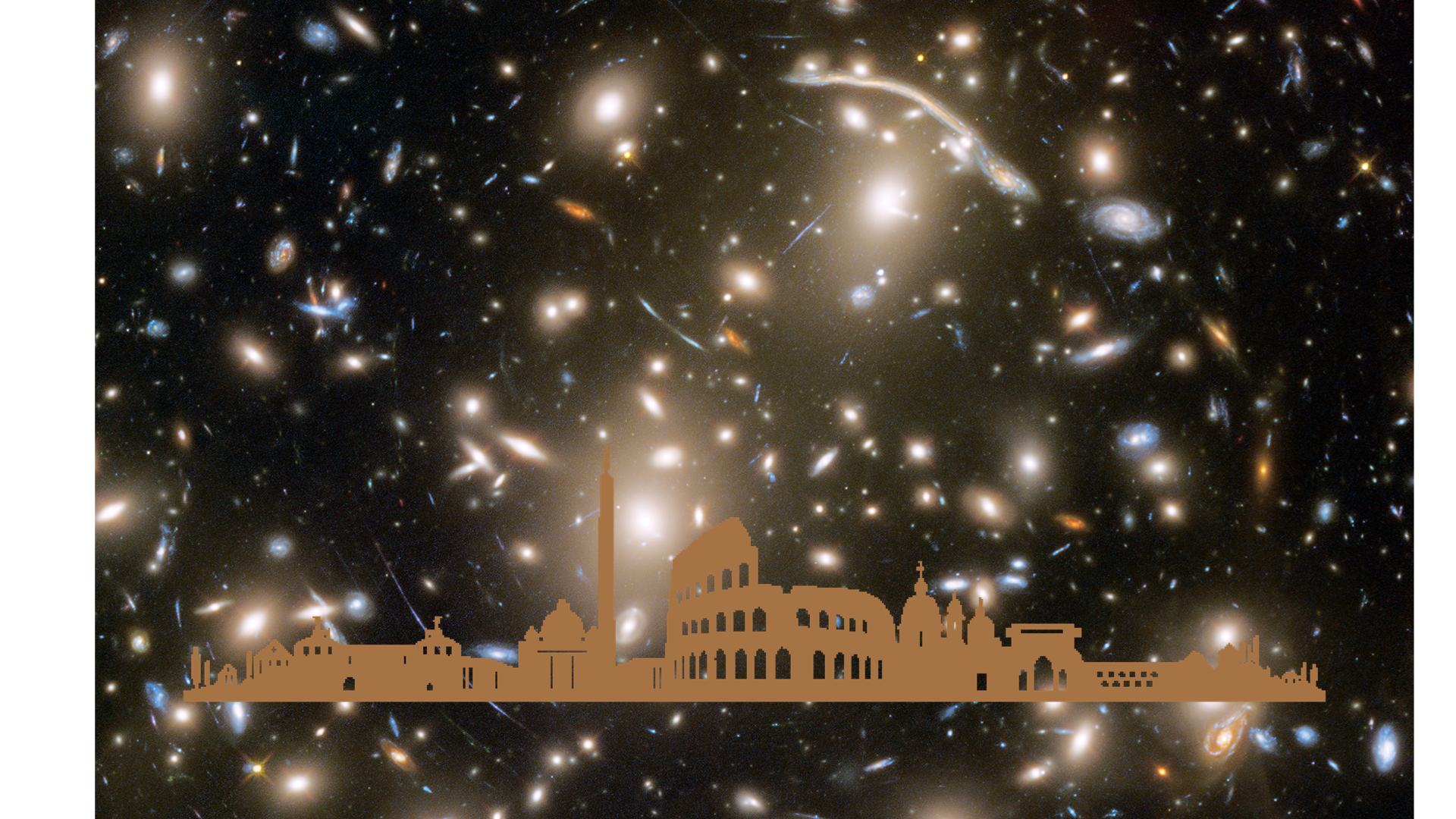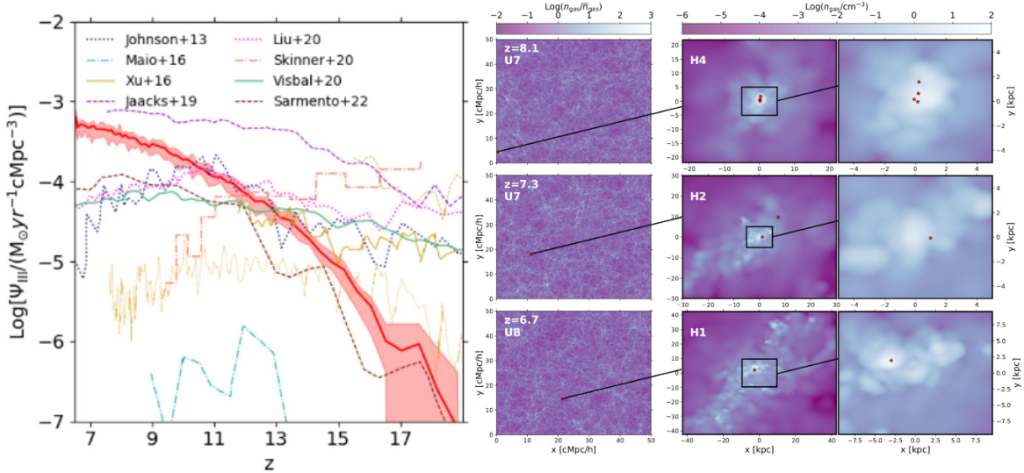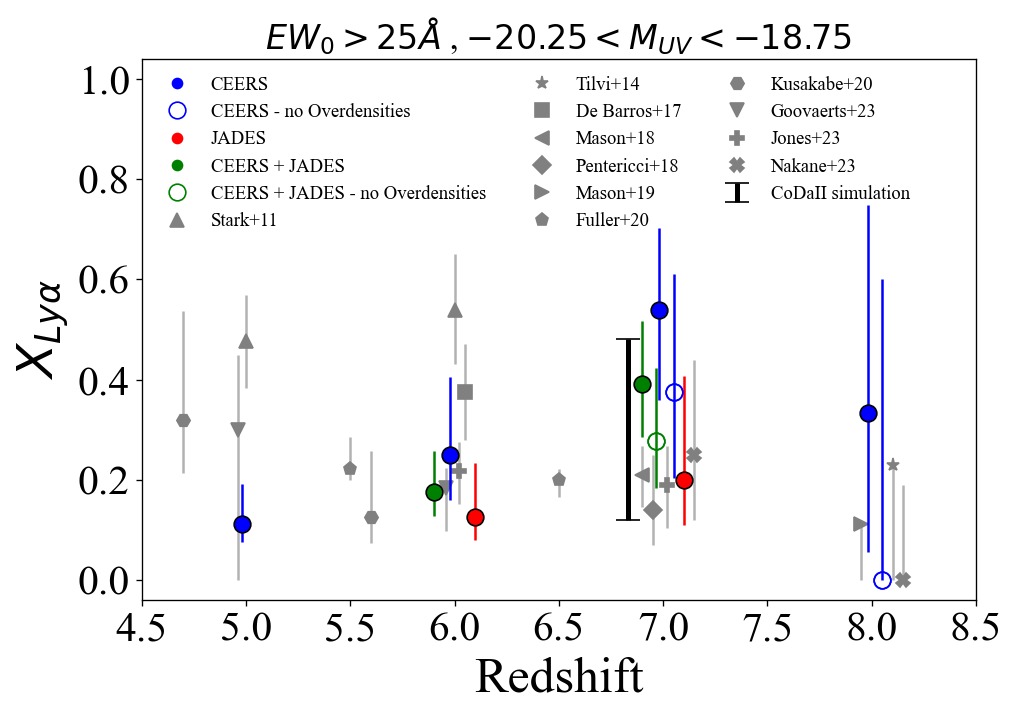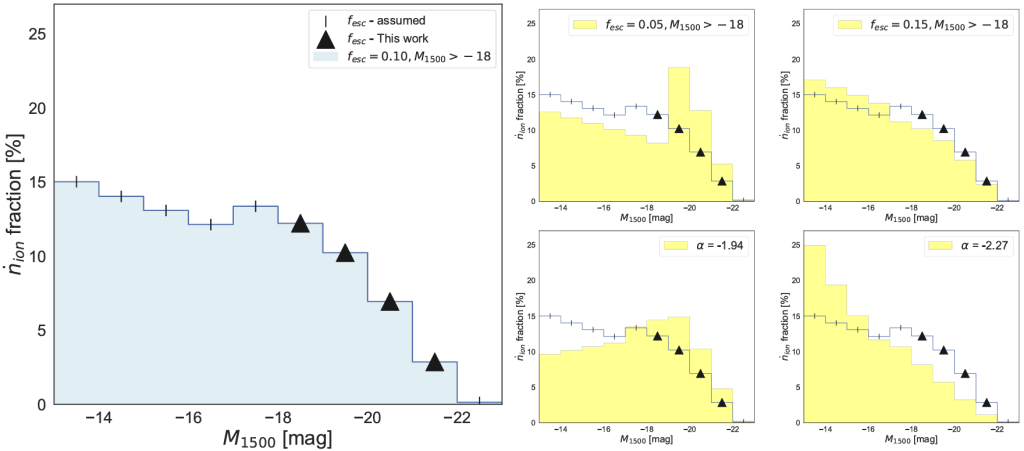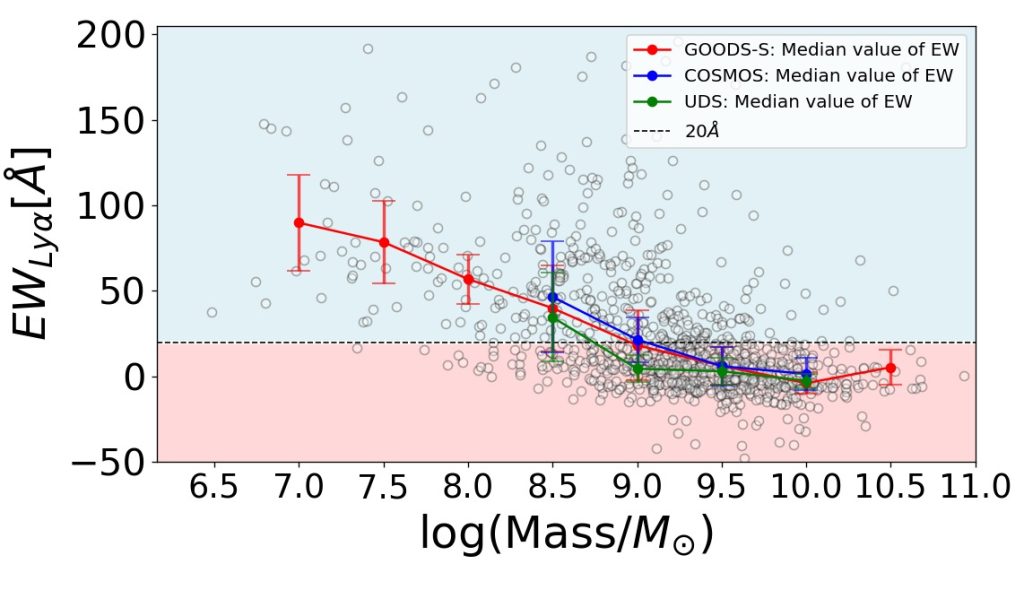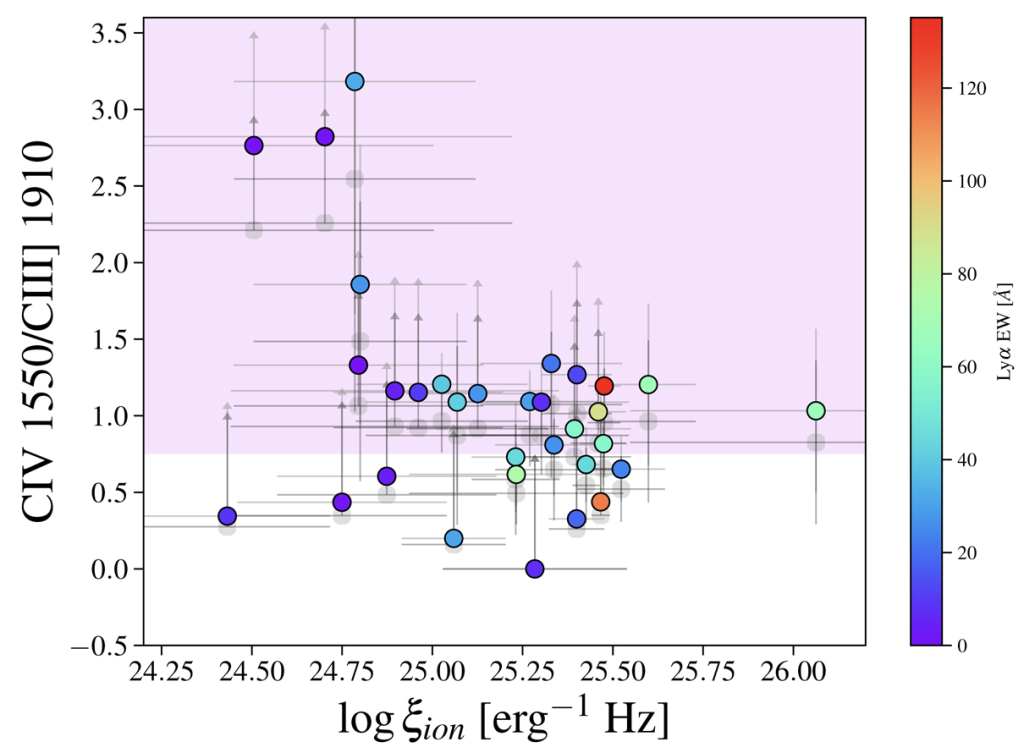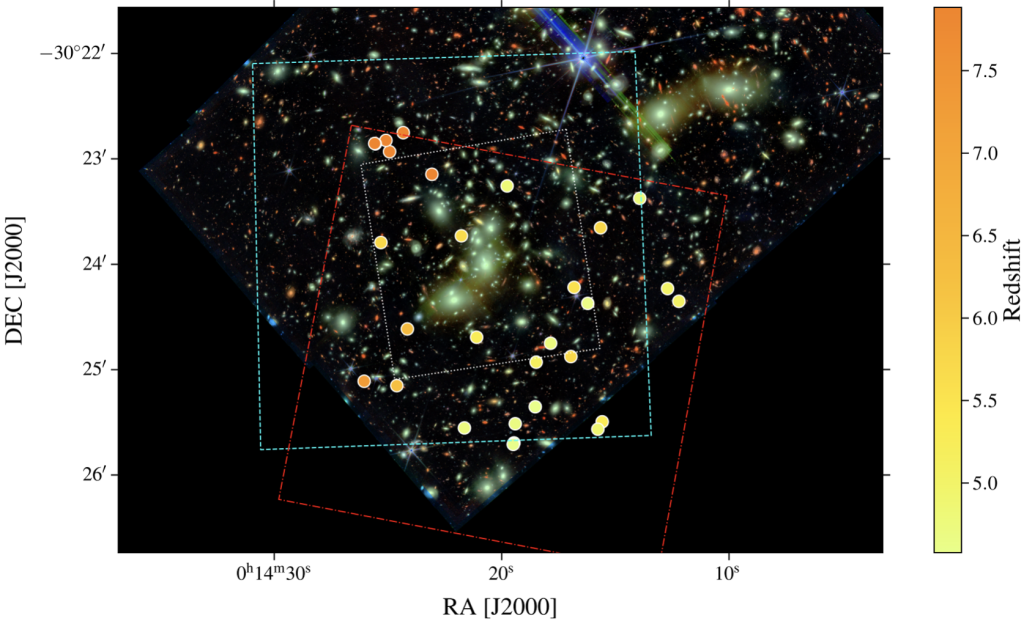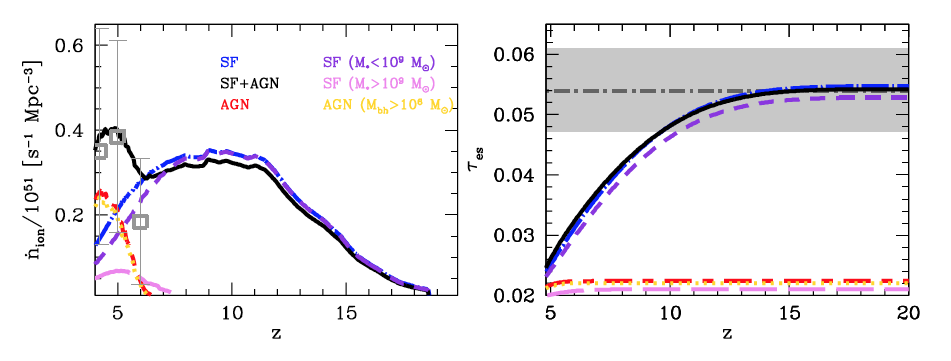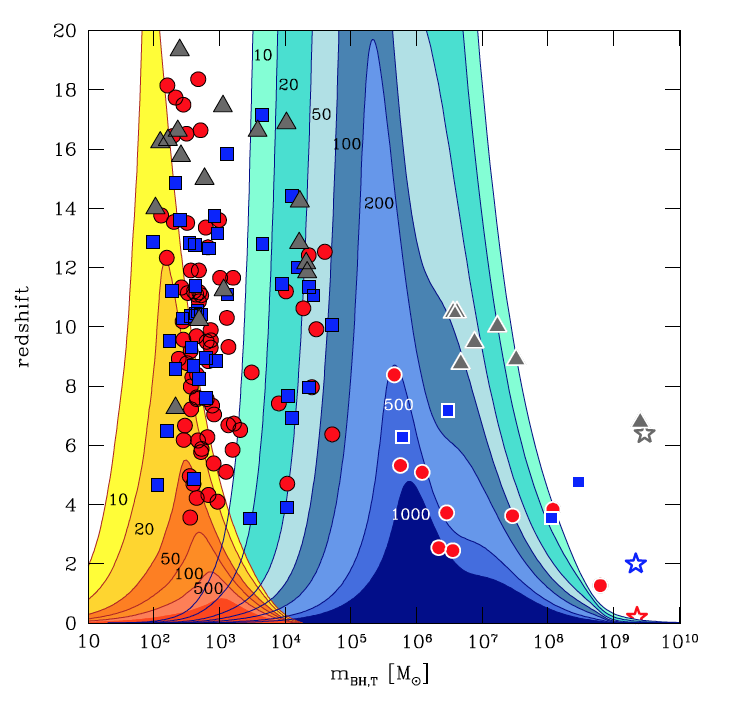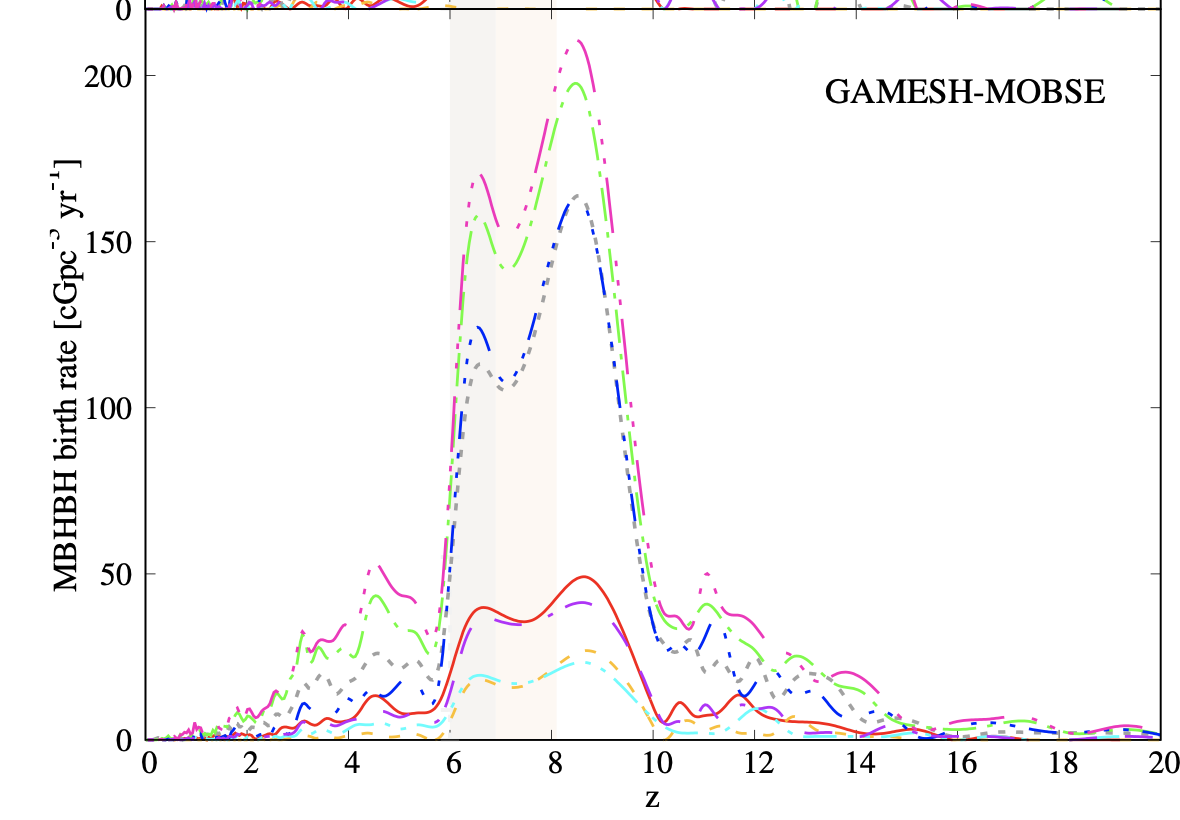
With the launch of JWST and other scheduled missions aimed at probing the distant universe, we are entering a new promising era for high-z astronomy. One of our main goals is the detection of the first population of stars (Population III or Pop III stars), and models suggest that Pop III star formation is allowed well into the Epoch of Reionization (EoR), rendering this an attainable achievement. In this paper, we focus on our chance of detecting massive Pop IIIs at the moment of their death as Pair-Instability Supernovae (PISNe). We estimate the probability of discovering PISNe during the EoR in galaxies with different stellar masses (7.5 ≤ Log(M⋆/M⊙) ≤ 10.5) from six dustyGadget simulations of 50 h-1 cMpc per side. We further assess the expected number of PISNe in surveys with JWST/NIRCam and Roman/WFI. On average, less than one PISN is expected in all examined JWST fields at z ≃ 8 with Δz = 1, and O(1) PISN may be found in a ~1 deg2 Roman field in the best-case scenario, although different assumptions on the Pop III IMF and/or Pop III star formation efficiency can decrease this number substantially. Including the contribution from unresolved low-mass haloes holds the potential for increased discoveries. JWST/NIRCam and Roman/WFI allow the detection of massive-progenitor (~250 M⊙) PISNe throughout all the optimal F200W-F356W, F277W-F444W, and F158-F213 colours. PISNe are also pre-dominantly located at the outskirts of their hosting haloes, facilitating the disentangling of underlying stellar emission thanks to the spatial-resolution capabilities of the instruments.
